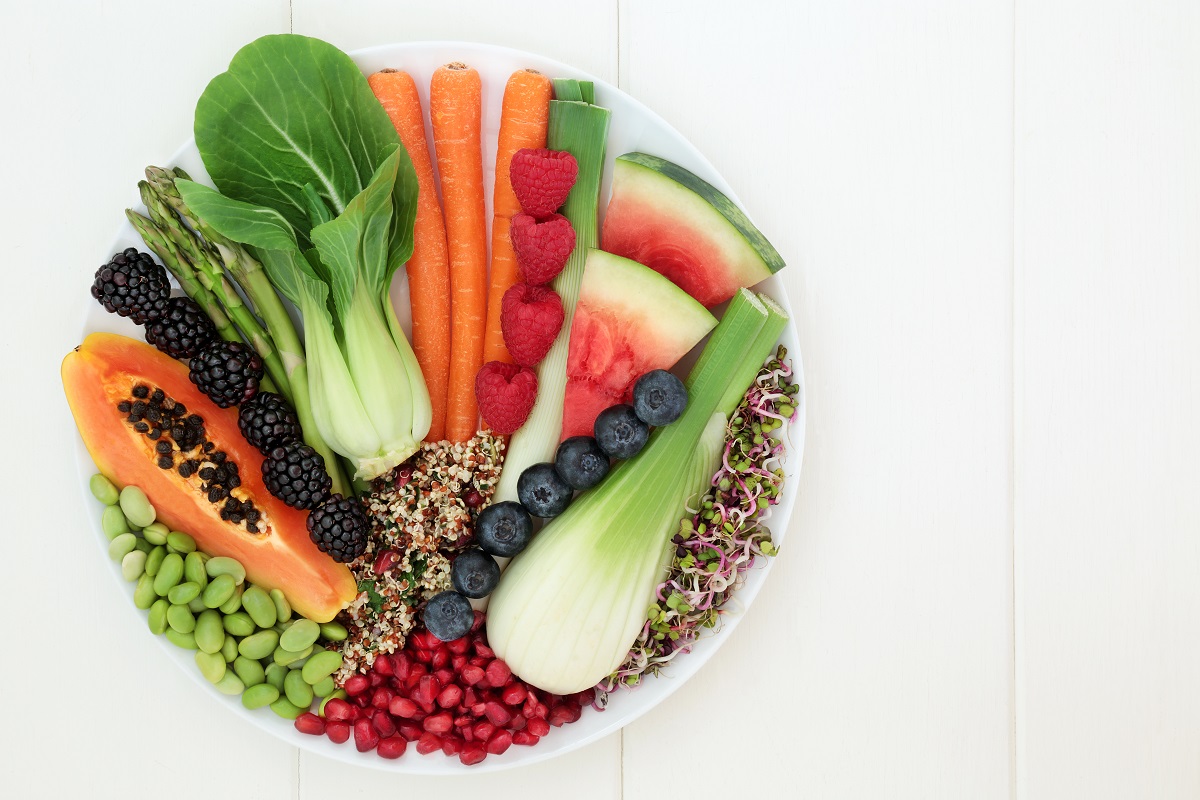Old habits die hard, so it makes sense that good habits are taught from a very young age. Table manners, the right way to brush the teeth, keeping oneself neat and tidy — all these are lessons that toddlers learn so that they carry the habits into adulthood.
The same goes for caring for the environment. If you want children to grow up conscious of their environmental impact, they have to learn the importance of nature at an early age. After all, the younger generation will continue the fight for sustainability.
Here are a few ways you can start children on the path to an eco-friendly lifestyle.
Take Them to the Outdoors
Children are spending less time outdoors and more hours glued to the screen. According to the Kaiser Family Foundation, on average, kids ages 8 to 18 spend 7.5 hours in front of a TV, phone, or computer screen. This is just the time spent on entertainment; it doesn’t count screen time for schoolwork.
Perhaps it would do kids good to decrease screen time and spend a little more time outdoors. Playing outside, according to the Harvard Health blog, offers a ton of benefits, like:
- Improving their executive function (skills that help them plan, multitask, and troubleshoot)
- Providing a healthy dose of sunshine
- Helping them meet recommended levels of physical activity.
After all, nothing beats playing with other kids under big blue skies with big white clouds.
While outside, kids are more in touch with nature, as well. Spending a day at the lakes or in a forest would give children the chance to learn more about the natural environment. Even an hour of walking in public parks and chasing butterflies would build their appreciation for both flora and fauna.
Teach Children to Segregate Trash
It’s never too early for kids to learn how to keep your neighborhood clean. As such, trash segregation should be a habit that’s developed early on. Teach the children how to use the appropriate receptacles for different categories of garbage (food, paper, glass, plastic, etc.).
Teach them the importance of reducing waste and recycling trash, too. The most important part of the fight for sustainability is reducing the amount of waste generated. Sorting helps children realize how much waste they produce. They notice that they produce plastic waste for every Kinder egg they buy, and for every snack they pick, they generate trash. They become critical of their choices, and if the adults at home are equally conscientious, the kids might choose fruit for snacks because there’s no plastic waste involved.
Start a Family Garden
Gardening is a great way to show children how nature works. When you care enough for something, it grows and gives back. It’s productive and meaningful. Plus, children will understand how one small patch of nature can give much food and joy. Here are a few tips:
Make the Beds and Planters Accessible
Make sure that the planters and garden beds can be reached by little arms and legs. If you have a spacious garden, allocate a section for the kids’ plots. This way, kids develop a sense of responsibility for their plants, and you get to keep them away from more delicate plants. Moreover, make sure that their plots are located in a visible space, so you can always keep an eye on them.
Choose Plants that Produce Food

Kids would be much more excited for plants that grow food. The idea of harvesting something after a few weeks of hard work would make children more dedicated to caring for their plants.
Pizza gardens are always a hit. These gardens produce the ingredients for pizza—and who wouldn’t love a pizza-producing garden? Plants include:
- Tomatoes
- Basil
- Oregano
- Italian parsley
- Rosemary
Plan Fun Activities
To make gardening more interesting, have the kids create decor for the garden. Ask them to make scarecrows that would frighten off garden pests and guard their precious plants. They could also build wind chime, which could startle birds and stop them from destroying the plants.
Above all, remember to lead by example. One of the quickest ways that kids learn is by observing and imitating adults. If children see you doing your part in caring for the environment, they would be glad to their part, too. But if they see you recklessly throwing garbage in the wrong receptacle, they won’t be bothered to look at the labels on the bin, as well.
So as you teach your child about eco-friendliness, you have to put your words into practice, as well. Only by creating a green lifestyle at home can a child truly develop a lifelong commitment to protecting the natural world.
